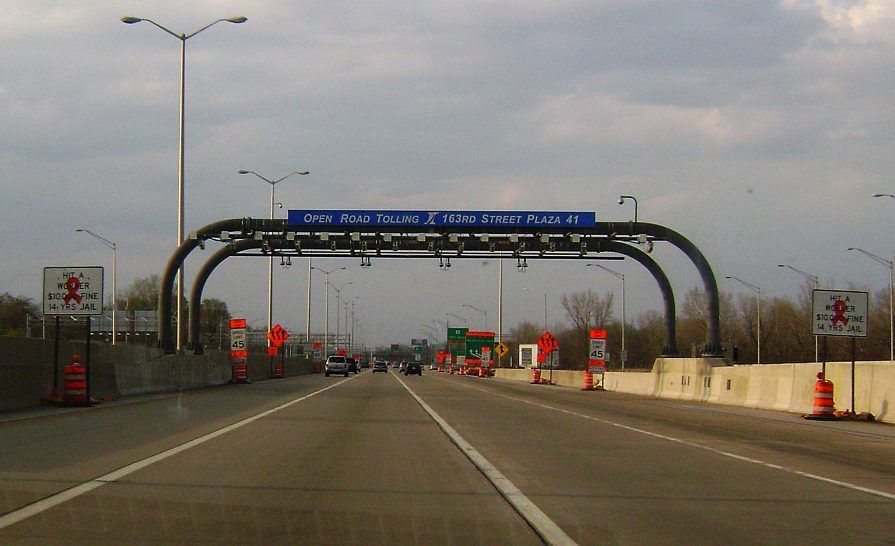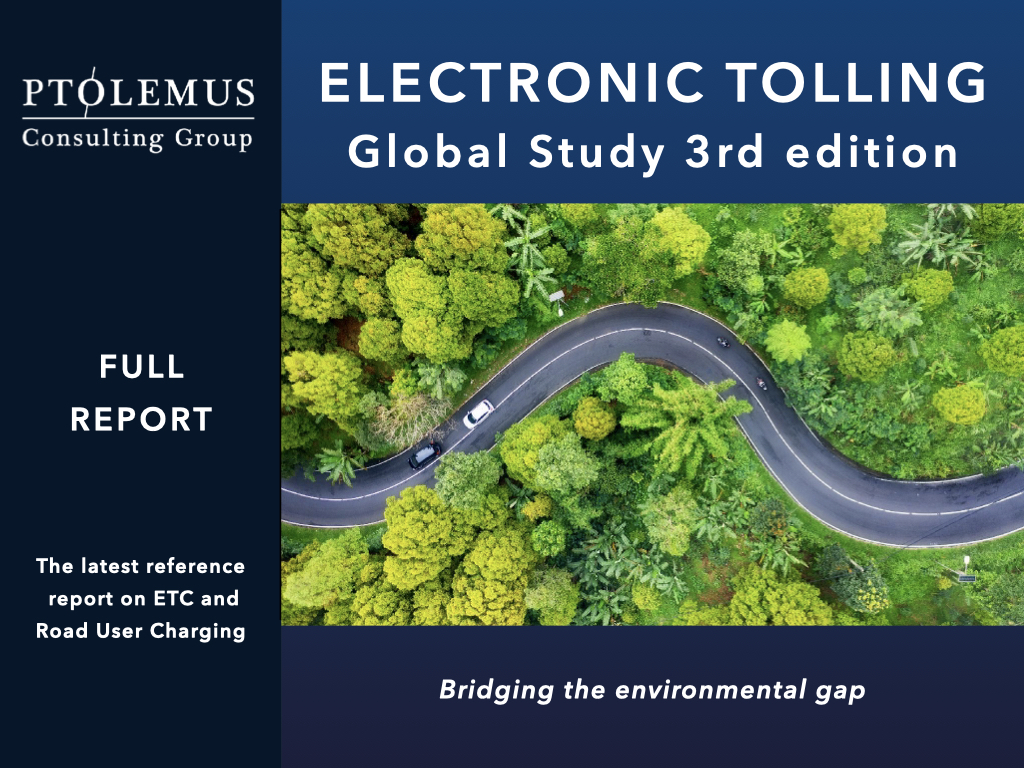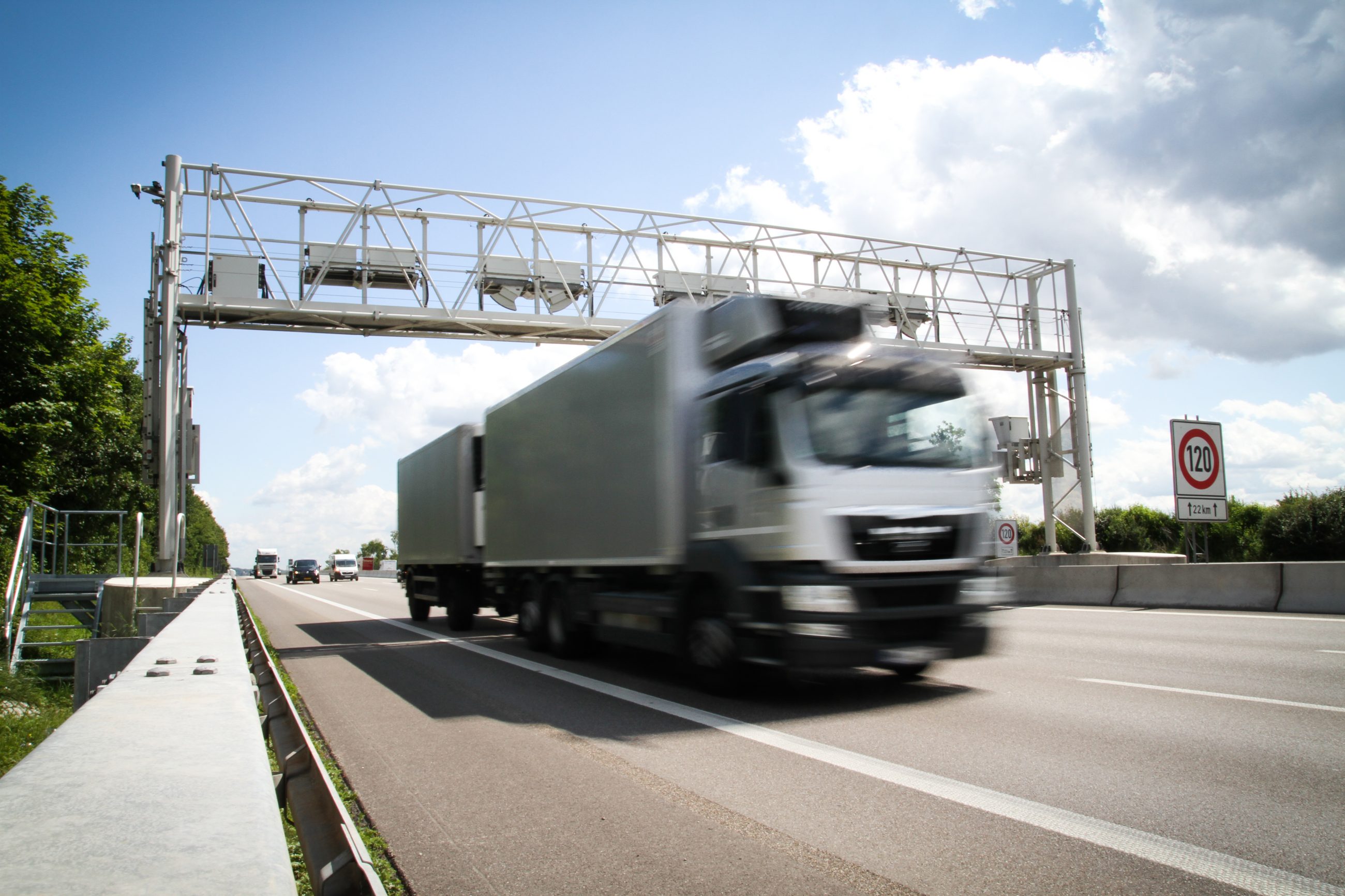What is open road tolling?

Open road tolling (ORT) is a system by which the collection of tolls is done without the use of traditional toll booths. ORT instead typically uses a toll plaza which can identify a vehicle traveling at highway speeds and facilitate their toll to be collected electronically. The benefits of open road tolling include improved customer experience, less congestion, reduced vehicle exhaust emissions and improved gas mileage, improved safety and cost savings for the tolling agency.
What are the advantages of open road tolling?
The improvement to customer experience is relatively obvious. Drivers need not stop or slow down to pay a toll nor wait in traffic ahead of a toll booth. As well, there is no need to have cash or payment means on hand to be able to drive on a highway.
Removing the need for drivers to stop or slow down at a toll both also improves general congestion on the highway. Toll booths serve as a bottle neck that not only causes congestion in advance of the booths and often afterwards as well. Retaining highway speed also improves gas mileage for drivers while reducing the emissions that each car produces.
The streamlined infrastructure of open road tolling, in which there is no need for booths, attenuators, signage, personnel or lane lights, make maintenance must less costly and significantly reduce fixed costs.
Safety is also greatly improved with the use of open road tolling. Accidents at toll plazas are commonplace. Most are minor collisions with toll plaza infrastructure or rear-ending at or before the booth. There are also dangers getting back into a lane on the road just after a toll plaza where no lane markers exist for some distance.
Are there any disadvantages of ORT?
The main disadvantage of open road tolling is what is commonly referred to as leakage. Leakage is when a person uses the road with no intention to pay, either without having the necessary transponder or not paying the toll invoice received. This can be counteracted by means of fines or additional fees being issued to the driver via identification of their number plate (license plate). This however cannot completely alleviate the issue.
Image by Mrschimpf at en.wikipedia, CC BY-SA 3.0, Link

